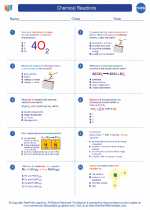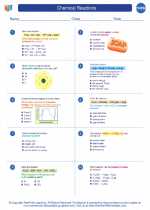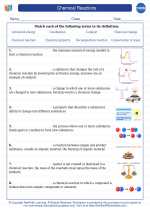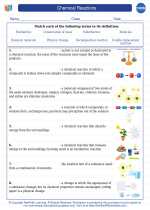The Sea: An Introduction
The sea, also known as the ocean, covers more than 70% of the Earth's surface and plays a crucial role in the planet's ecosystem. It is a vast body of saltwater that is home to a diverse range of marine life and influences the Earth's climate and weather patterns.
Key Concepts to Understand
- Composition: The sea is composed of water, salt, and other dissolved minerals. The salt content, also known as salinity, varies from one part of the ocean to another.
- Physical Features: The sea is characterized by its physical and geological features, including the continental shelves, abyssal plains, and underwater mountain ranges.
- Marine Life: The sea is teeming with diverse forms of marine life, including fish, mammals, plants, and microorganisms, all of which contribute to the ocean's biodiversity.
- Importance: The sea plays a vital role in regulating the Earth's climate, absorbing carbon dioxide, and providing a source of food and livelihood for human populations around the world.
- Environmental Concerns: Human activities such as pollution, overfishing, and climate change have a significant impact on the health of the sea and its ecosystems.
Study Guide
1. Understanding the Composition of Seawater
Learn about the chemical composition of seawater, including the presence of salts, gases, and other dissolved substances. Understand the concept of salinity and the factors that influence variations in salinity across different oceanic regions.
2. Exploring Oceanic Geography
Study the physical and geological features of the sea, such as continental margins, oceanic ridges, trenches, and seamounts. Understand the processes that shape the ocean floor and the significance of these features in marine ecosystems.
3. Investigating Marine Life
Explore the diversity of marine life, including the classification of marine organisms, their ecological roles, and the adaptations that enable them to thrive in the marine environment. Learn about food webs, marine habitats, and the impacts of human activities on marine biodiversity.
4. Recognizing the Importance of the Sea
Understand the role of the sea in climate regulation, carbon cycling, and its significance as a source of resources such as food, energy, and minerals. Explore the cultural and economic importance of the sea for coastal communities and global trade.
5. Addressing Environmental Challenges
Examine the environmental threats facing the sea, including pollution, habitat destruction, overfishing, and the impacts of climate change. Consider potential solutions and conservation efforts aimed at preserving the health and integrity of marine ecosystems.
.◂Chemistry Worksheets and Study Guides High School. Chemical Reactions

 Worksheet/Answer key
Worksheet/Answer key
 Worksheet/Answer key
Worksheet/Answer key
 Worksheet/Answer key
Worksheet/Answer key
 Worksheet/Answer key
Worksheet/Answer key
 Worksheet/Answer key
Worksheet/Answer key
 Vocabulary/Answer key
Vocabulary/Answer key
 Vocabulary/Answer key
Vocabulary/Answer key
 Vocabulary/Answer key
Vocabulary/Answer key
